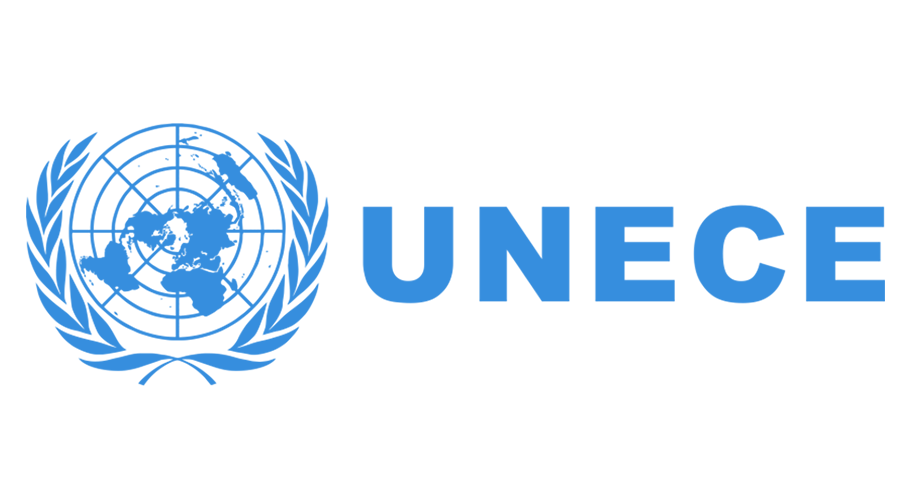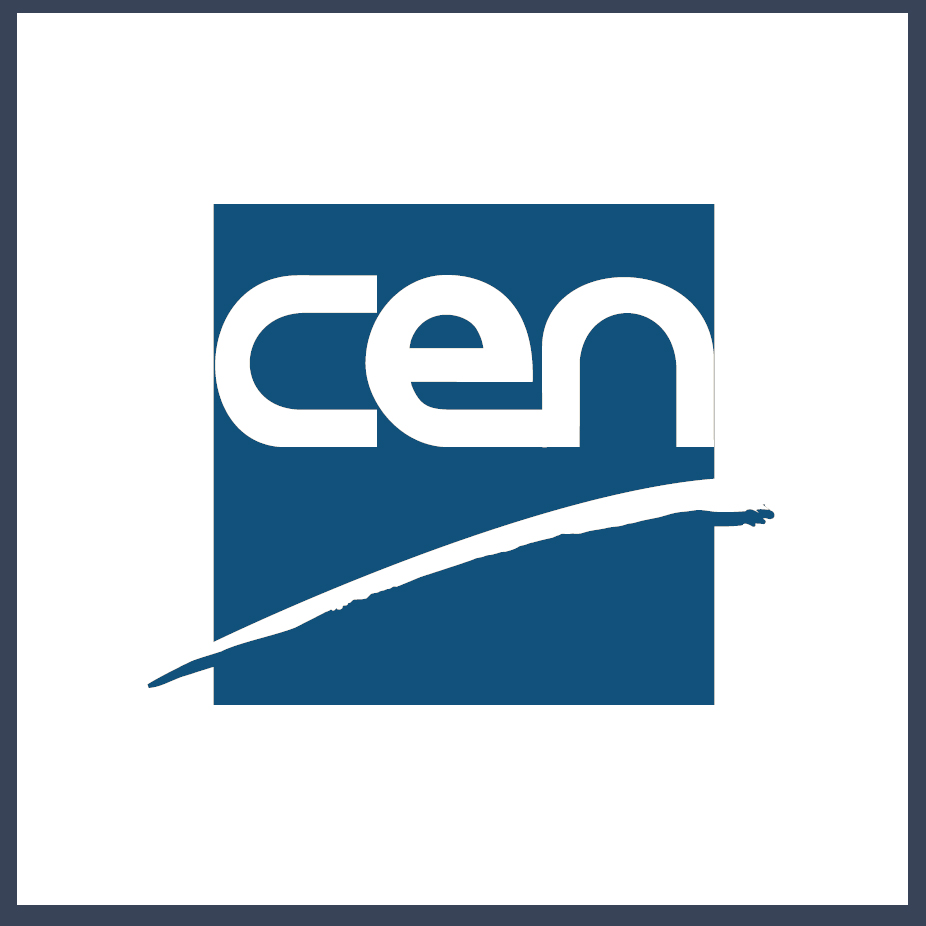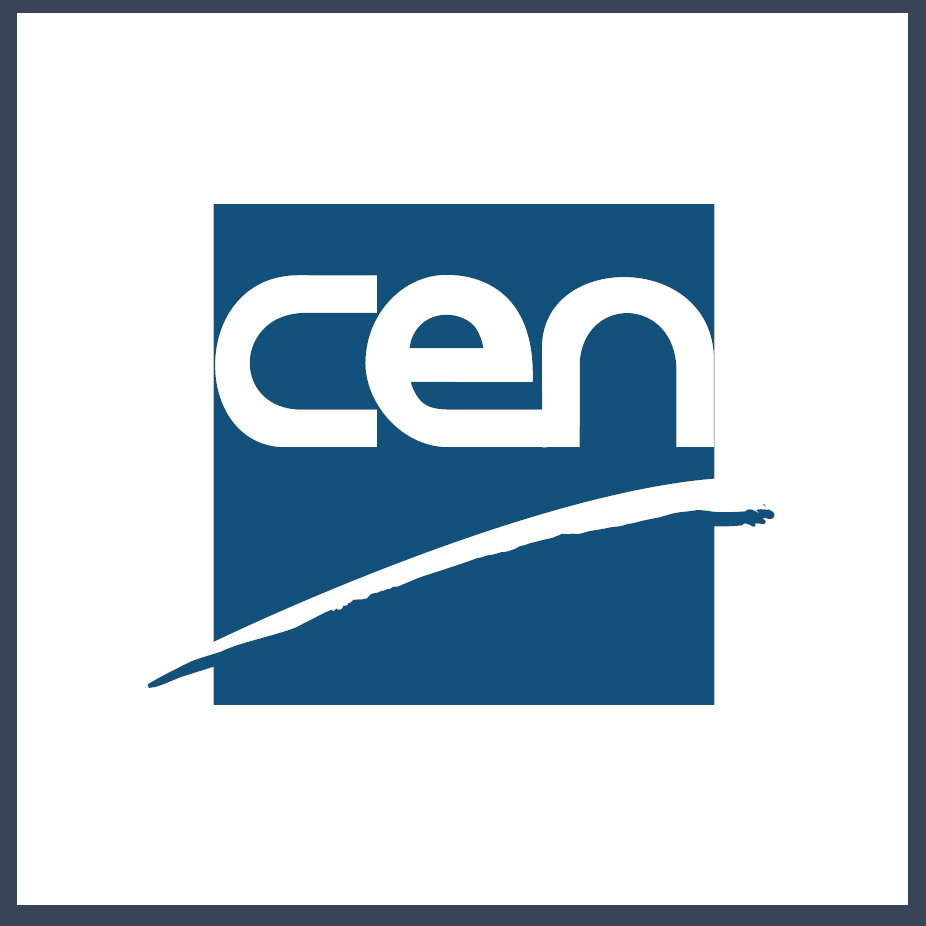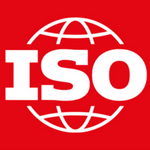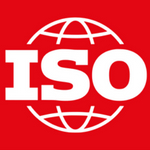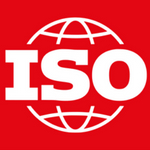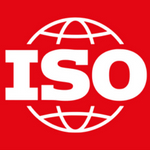Business Requirements Specification - Cross Industry Invoicing Process
The current practice of the exchange of business documents by means of telecommunications – 65 usually defined as e-Business presents a major opportunity to improve the competitiveness of 66 companies, especially for Small and Medium Enterprises (SME).
The purpose of this document is to define globally consistent invoicing processes for the worldwide supply chains, using the UN/CEFACT Modelling Methodology (UMM) approach and Unified Modelling Language to describe and detail the business processes and transactions involved.
